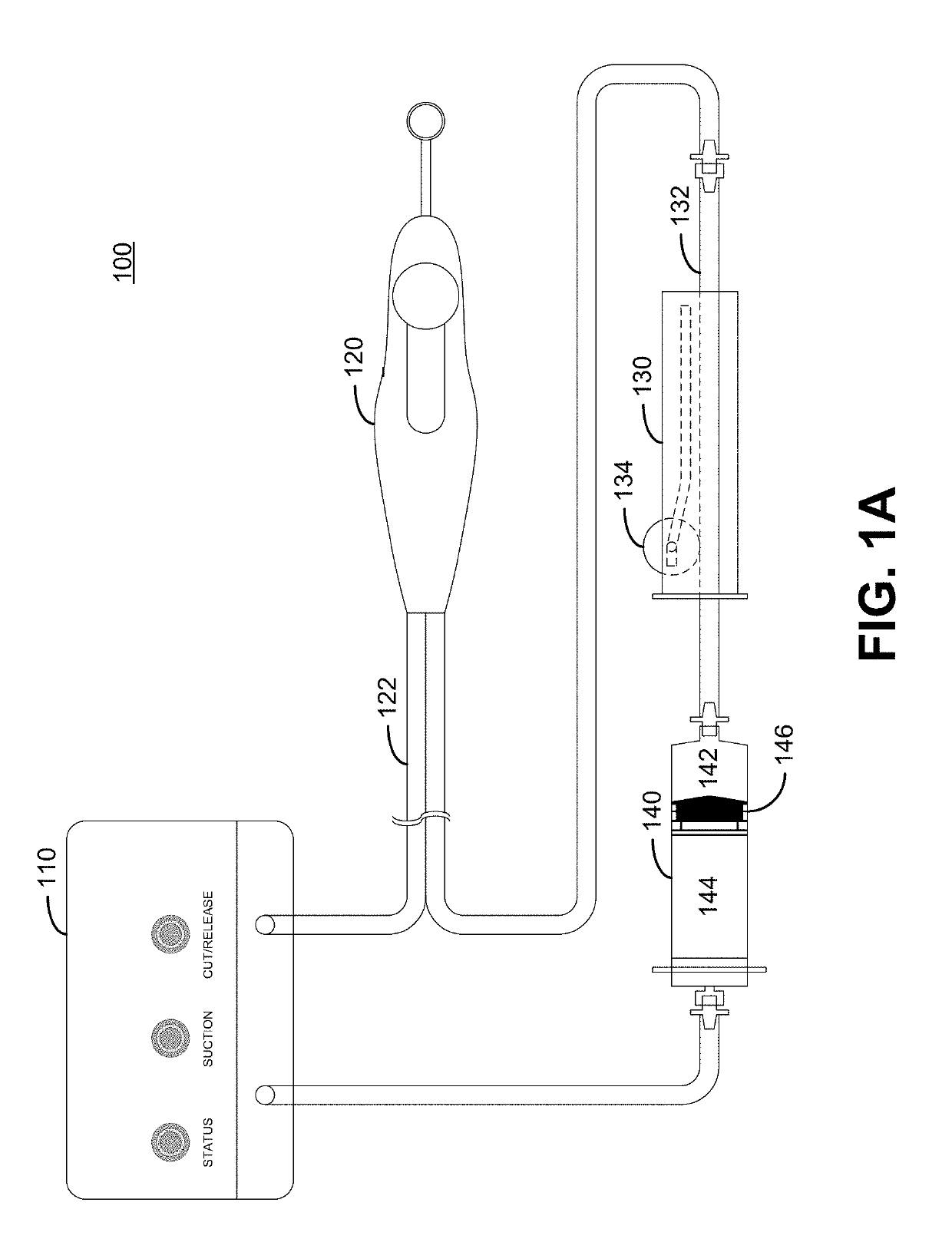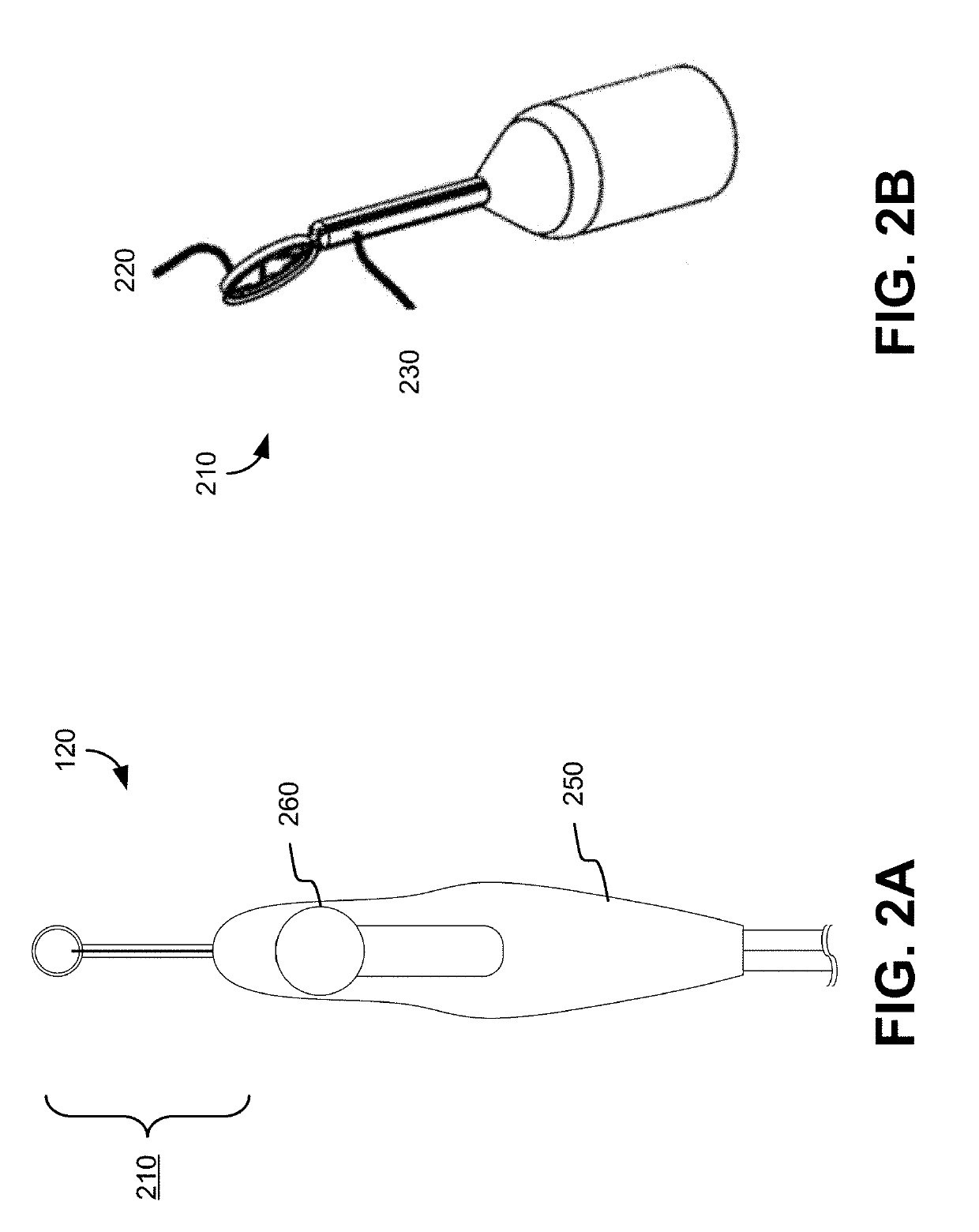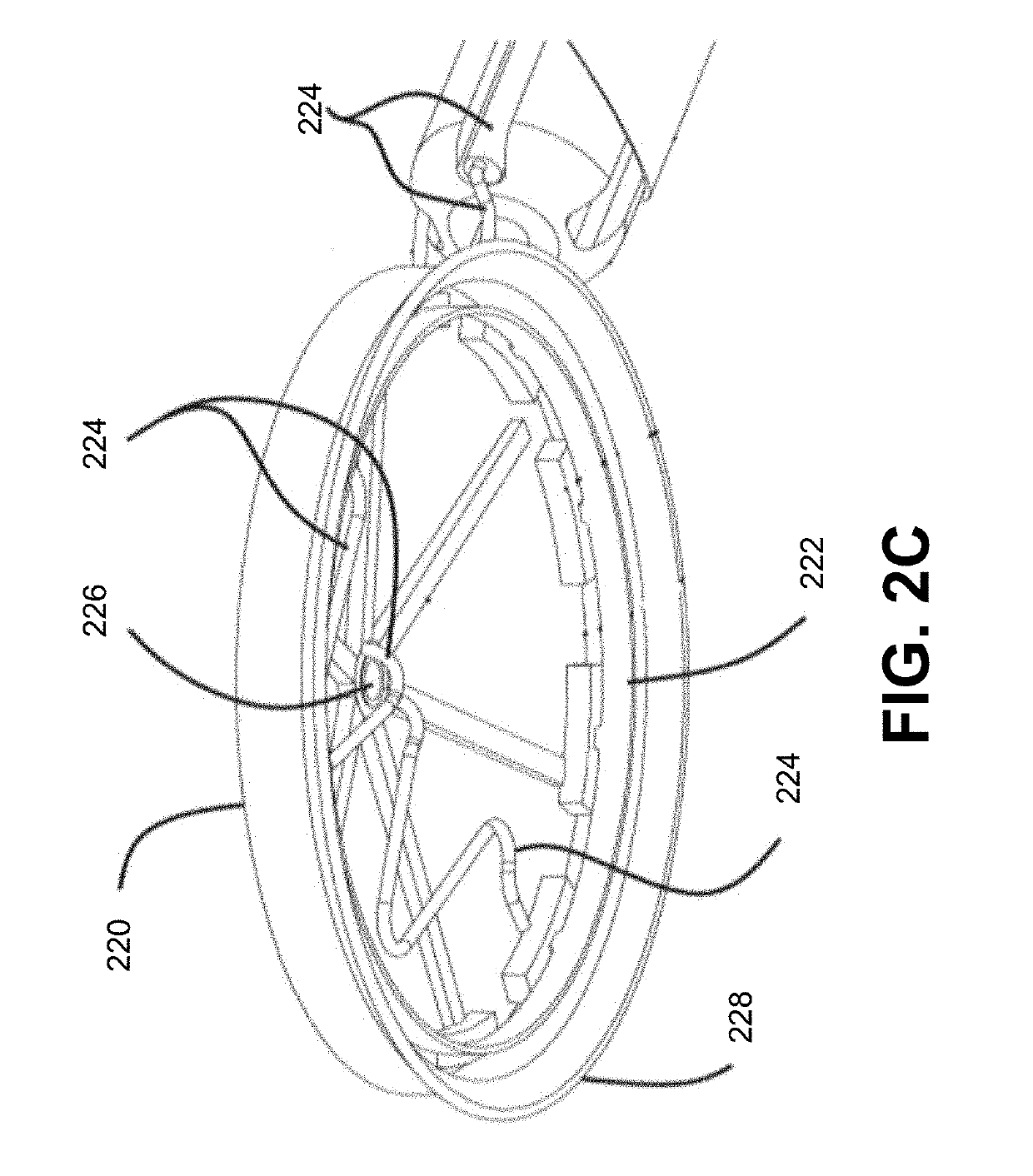Hydrodissection and posterior capsule opacification prevention during capsulotomy procedure
a capsulotomy and hydrodissection technology, applied in the field of microsurgery of the eye, can solve the problems of deterioration of vision, increased socioeconomic cost, and inability to evenly distribute liquid around the lens, so as to minimize the incidence of dysphotopsia, save time and complication in the cataract removal process, and simplify the hydrodissection procedure
- Summary
- Abstract
- Description
- Claims
- Application Information
AI Technical Summary
Benefits of technology
Problems solved by technology
Method used
Image
Examples
Embodiment Construction
[0055]Embodiments of the invention provide for PCO prevention or reduction following a cataract surgery or other eye surgery. The embodiments are generally described in the context of a lens capsule surgery in which a portion of the anterior or posterior surface of a lens capsule is cut to create an opening in the lens capsule. The technique may be used for performing a treatment for cataracts in which the lens located within the capsule is removed from the eye through the opening created in the lens capsule. Moreover, the techniques and devices described herein may be useful tools for performing other medical procedures (such as corneal surgeries, or posterior capsulotomies, or surgeries involving tissue other than tissue of the eye). The methods and devices described throughout will be described in the context of lens capsulotomy for illustration, and the methods and devices will be referred to as capsulotomies and capsulotomy devices, respectively. However, it is to be understood...
PUM
 Login to View More
Login to View More Abstract
Description
Claims
Application Information
 Login to View More
Login to View More - R&D
- Intellectual Property
- Life Sciences
- Materials
- Tech Scout
- Unparalleled Data Quality
- Higher Quality Content
- 60% Fewer Hallucinations
Browse by: Latest US Patents, China's latest patents, Technical Efficacy Thesaurus, Application Domain, Technology Topic, Popular Technical Reports.
© 2025 PatSnap. All rights reserved.Legal|Privacy policy|Modern Slavery Act Transparency Statement|Sitemap|About US| Contact US: help@patsnap.com



